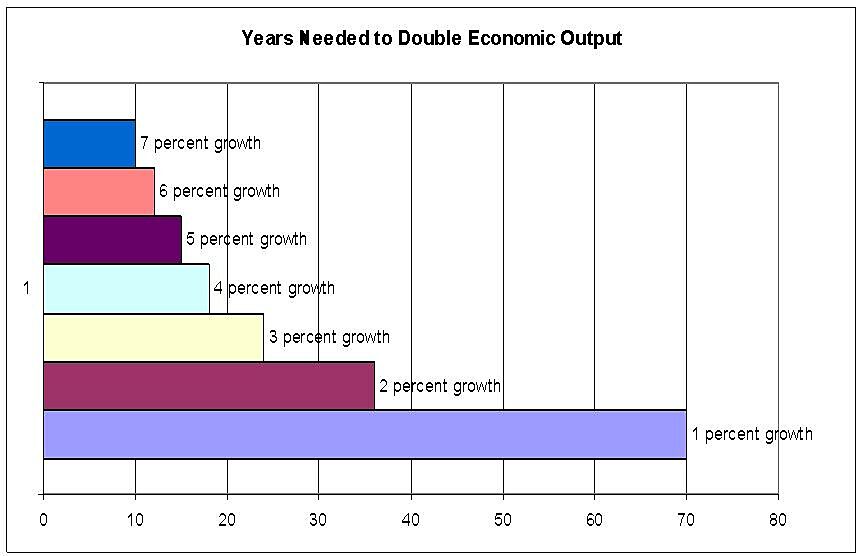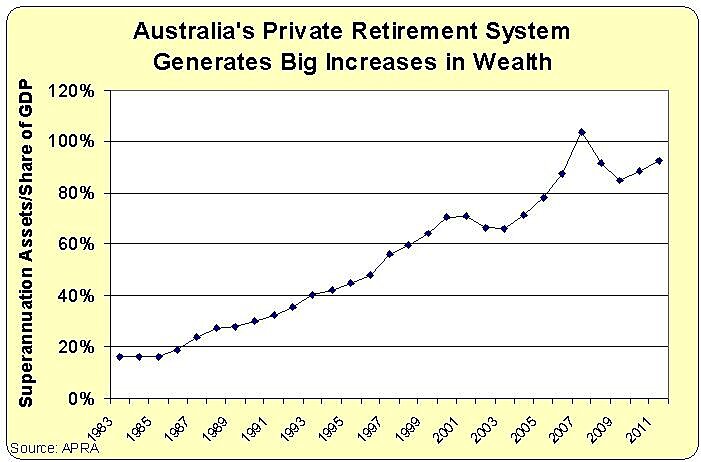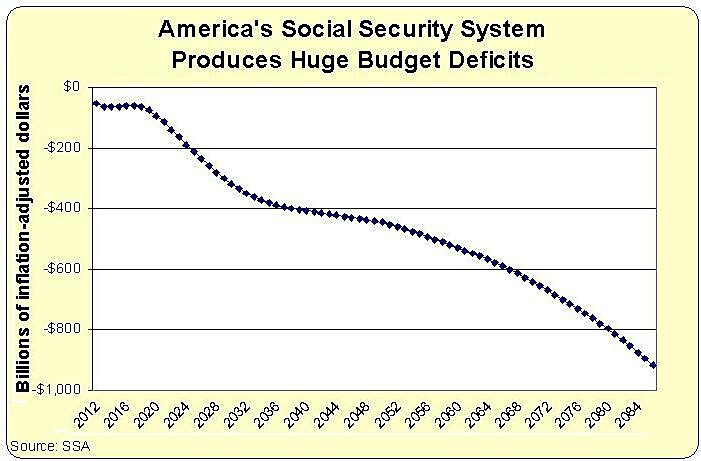The University of Georgia having, in its infinite wisdom, decided long ago to make its faculty do without sabbaticals, yours truly, sensing impending burnout, determined to do the next best thing, by taking leave for several months from all extra-curricular economics, including participation in economics discussions in this forum, in the blogosphere generally, and (so far as he could manage it) in the larger world.
Having thus refreshed myself, I now feel fit not only to return to the monetary-economics fray, but to plunge straight into the bitcoin melee, by means of a declaration calculated to make every true-blue bitcoiner take aim for my jugular.
The declaration? Simply, that no matter how often bitcoin enthusiasts state otherwise, bitcoins aren’t currency. Nor are they money of any other sort. They aren’t–to employ economists’ standard technical definition—a “generally accepted medium of exchange.” Perhaps some day they will be. But not yet—not even by a (very) long chalk.
But that bitcoins aren’t money doesn’t mean that monetary economists shouldn’t be interested in them. On the contrary: they ought to find them very interesting indeed, both because of the puzzle their presence poses, and because of the possibilities that presence points to.
What’s puzzling about bitcoin is that it has gained a foothold at all. Thousands of retailers (some are listed here) now accept bitcoin in payment for everything from restaurant tabs to dating site dues, not to mention marijuana and other black-market stuff. And the number keeps growing daily. That growth itself isn’t puzzling, for once a payments-network bandwagon gets going it becomes more and more tempting for merchants to hop on. But how did it get going in the first place? It is said that the first person to eat an oyster had to have been exceedingly brave or exceedingly crazy or some of each. But that primordial mollusc eater had nothing on the first, equally anonymous person to receive bitcoins in exchange for valuable merchandise, in the hope of somehow fobbing them off in turn on others. The earlier pioneer might, after all, have simply taken his cue from a seagull or oyster-catcher.
Unlike the rise of bitcoin’s network, that of various past money commodities like tobacco, cowries, and salt poses no puzzle: whoever first toyed with accepting such commodities for goods could count on the existence of persons who desired the commodities in question for their own sake, even if no one else was prepared to hazard their employment as exchange media. By adding their own willingness to try a commodity as an exchange medium to the preexisting non-monetary demand for it, such experimenters enhanced the likelihood of success on the part of others who made the same gambit, and so on. Such, in essence, is the basis for Menger’s famous (if controversial) conjecture regarding the spontaneous evolution of early (commodity) monies. The first person to accept bitcoins in exchange, in contrast, couldn’t hope to smoke them, make them into a nice bracelet, or sprinkle them on his food, in case he couldn’t trade them away: he (or she) could only hope that someone else would attempt a similar leap of faith, or face the consequences of trading some useful goods or service for so many units of digital dross.
It’s owing to the leap (or leaps) of faith required to turn otherwise useless stuff into exchange media that it has generally been supposed that fiat money could never become such except by means of government coercion, meaning not simply that the government must stamp “this is legal tender” on otherwise worthless pieces of paper, but that it can only get such pieces of paper to circulate in the first place by first making them convertible claims to either a commodity money or some established fiat money (which must itself have once been convertible into either a commodity or some other fiat money, and so on). Once it has managed to get its convertible paper into orbit, a government can then (suddenly) withdraw the convertibility launching pad without having its paper spiral back to earth, thanks to the now established demand for it as a pure exchange medium. Such, at any rate, has been the standard view of those (including the present writer) endeavoring to bridge the chasm separating Menger’s theory of commodity money from the modern reality in which irredeemable fiat monies rule the roost.
Such bridge building has had as its counterpart several studies casting doubt on the possibility of a “private” (which is to say voluntarily adopted) fiat money of the sort that Benjamin Klein and (despite his Austrian heritage) Friedrich Hayek have thought possible. According to such critical studies, such a money, being potentially infinitely expandable, would tempt its suppliers to reap high short-run profits by hyperinflating, rather than settle for the more modest periodic gains they might have by preserving their currencies’ purchasing power. Knowing this to be so, rationale persons will steer clear of such would-be exchange media, making them non-starters.
So much for received wisdom. Bitcoins challenge this wisdom, not quite by flatly contradicting it—to do that bitcoins would have to be money, which (as I’ve said) they aren’t—but by having managed to get off the ground at all, despite lacking any sort of convertibility “launching pad” and despite being “intrinsically” useless. Just as a toddler’s first steps don’t qualify it for the Olympics, the first barely above-ground flight of bitcoin is far from guaranteeing that it will stay aloft, let alone keep gaining altitude. Still it does seem to show that otherwise useless stuff can become an exchange medium without resort to trickery, and indeed without any sort of government encouragement. And that’s neither a mean nor an uninteresting accomplishment.
Just how did bitcoin manage to overcome what (for want of a better name) I’ll call the “oyster” problem? My partial answer is that, at least for some time after they first became available in 2009, bitcoins possessed three qualities such as no other actual or potential exchange medium had yet managed to combine. First, the open-source software providing for them to be “mined” by persons commanding sufficient computer-power allows only for a strictly limited annual output, with steadily diminishing returns such as will make unit mining costs approach infinity as total output approaches 21 million coins (as it is scheduled to do in 2040). In short, with just over 11 million bitcoins outstanding so far, no amount of computer power or time will ever expand the quantity by more than another 10 million. No one, in other words, is able to make a bundle by striking bitcoins at libidum. The problem of securing trust that might confront a prospective issuer of private “fiat” money is thus averted. In this respect bitcoin is more like a commodity than a fiat money, which is why I prefer to label it a “synthetic” commodity.
The other features that made bitcoin unique are (1) the untraceable nature of transactions conducted using it and (2) the fact that, being a “digital” money, it can circulate electronically. Bitcoin, in short, was the first medium to allow for perfectly anonymous transactions, avoiding both a paper trail and face-to-face contact, and to do so with the same convenience as any other sort of “digital” payment. Bitcoin’s inventors were thus able to take advantage of an unfilled niche. But filling it guaranteed nothing: the water was there for the horses to drink, but whether any would risk a first sip remained to be seen.
Risk it, of course, some did; and now, after some dramatic gyrations, with more undoubtedly to come, bitcoin, having already merited at least a footnote in the history of exchange media, might well manage to do considerably better than that. It is, after all, the nature of network goods to go from strength to strength, with every uptick in network size enhancing the prospects for further growth. That, so far as bitcoin enthusiasts are concerned, is the good news.
The bad news is, first of all, that bitcoin remains a bit player relative to established moneys, which for all their shortcomings command vast networks that are correspondingly self-reinforcing. Second, bitcoin’s relatively tiny network goes hand-in-hand with a high degree of market volatility, and a correspondingly reduced attractiveness to retailers, with large orders placed by one or two “big players” sufficing to generate huge price swings. Finally, the very success of bitcoin is bound to inspire imitations combining the original product’s desirable features with others such as might cause it to suffer the same fate as Betamax and BlackBerries. Consider, for example, a private cybercurrency based on a “mining” protocol aimed at dampening short-run swings in its exchange value. Or consider MintChip, a cypercurrency now under development at the Royal Canadian Mint, which is supposed to be as anonymous as bitcoin, but with the very considerable advantage of being fully compatible and integrated with the already established Canadian dollar exchange network.
Paradoxically, the very innovations that may eventually doom bitcoin also explain why it deserves to be regarded as one of the most promising developments in the history of money since the invention of ordinary coins. For, as I explain in my paper on “Synthetic Commodity Money,” its otherwise modest achievement proves that, with the help of the right software, one might design an “ideal” money commodity, with a supply function guaranteed to achieve whatever criterion of macro-economic stability one likes—be it a constant nominal money stock growth rate, a stable general price level, or a stable level or growth rate of nominal GDP. No muss, no fuss, and, best of all, no FOMC. Admittedly, it’s only a possibility. But what a possibility!
Addendum (April 23): Over at Bitcoin Forum a commentator observes, regarding my post: “I don’t understand why so many ivory tower academics speculate about why and how Bitcoin got its initial value, given that the transition and motivations are fully documented and readily available for anyone willing to read the posts and threads on this forum from late 2009 and early 2010. It’s like they don’t want to get their hands dirty interviewing people like NewLibertyStandard or Theymos who can give them proper first-hand accounts of how and why BTC/USD markets for hobby-driven technogeeks and ideologically-driven anacrholibertarians arose lockstep with increasing mining difficulty.”
While I can’t pretend to be chaffing at the bit to converse with ideologically-driven libertarians, whether anarcho- or anacrho- or both, I will say that I don’t see what the emergence of BTC/USD markets has to do with the “oyster” problem I pose. Sure, once bitcoins became desirable enough people wanted to be able to get hold of them without mining for them themselves, e.g., by purchasing them with dollars. Nothing puzzling about that. But the fact that entrepreneurs were quick to respond to that desire hardly explains why anyone was willing to be among the first persons, if not the very first person, either to devote effort to mining bitcoins or to offer to exchange valuable stuff, whether dollars, merchandise, or labor, for them. Should anyone at Bitcoin Forum wish to enlighten me and others on the matter, as I’m sure many can, I should be very grateful to him or her.





